Why Sunday Roasts Brought My Blended Family Together
42 min read A heartfelt look at how weekly Sunday roasts became a ritual that unified a blended family—sharing recipes, roles, and table traditions that turned strangers into kin. October 10, 2025 06:07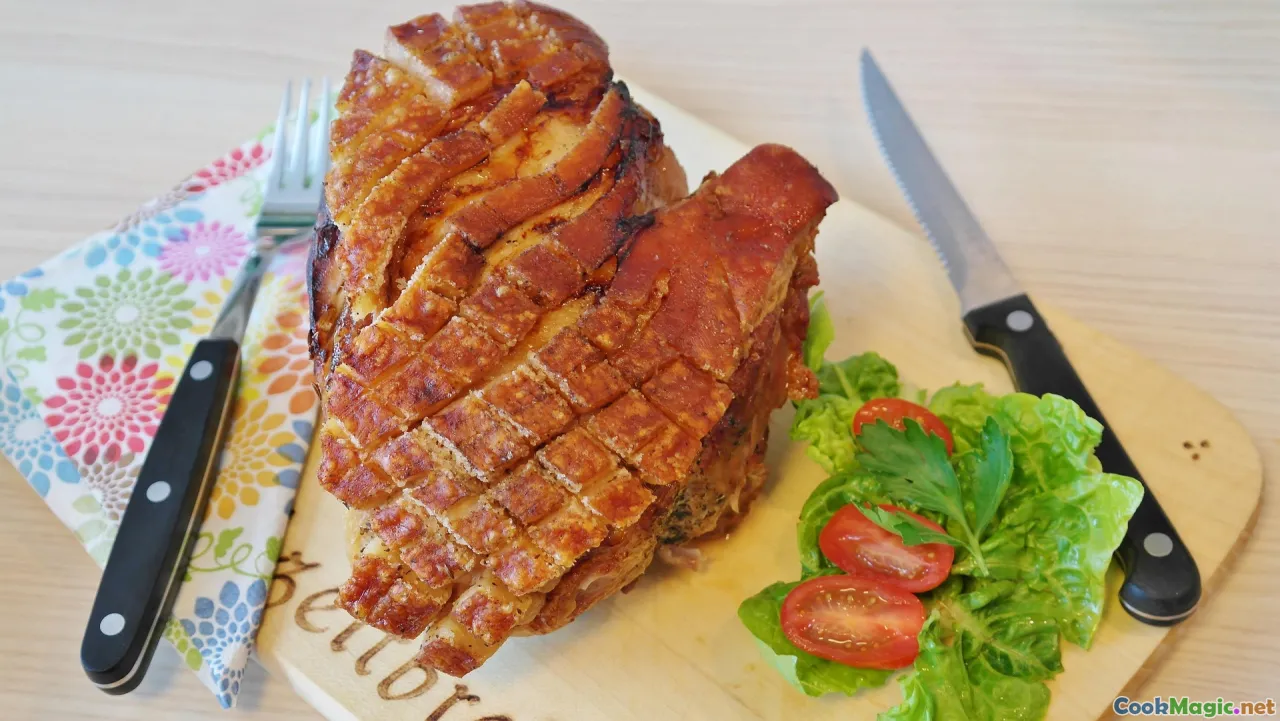
The first Sunday after we all moved under one roof, the house smelled like rain-soaked coats, wet dog, and—eventually—rosemary smoke. The kids were sulking over who got the bedroom with the bigger window, my partner was quietly building a shelving unit with too many leftover screws, and I was trying not to cry into a bowl of potatoes. The oven door huffed when I opened it, as if offended by my impatience. A gust of heat misted my glasses, and the aromas that roared out—fatty, savoury, a ribbon of citrus brightness—wrapped around us like a truce. The roast wasn’t perfect: the chicken skin blistered unevenly, the carrots were too sweet, and the gravy needed ten minutes more coaxing. But when I set down the platter—the bird lacquered with jerk-thyme caramel, potatoes jagged and gold, cabbage charred to a polite black along its frills—we sat. We passed. We tasted. And just like that, we were no longer a cluster of separate lives inside one house, but a table.
The Roast That Started It All

Some families tell origin stories about weddings or births. Ours begins with a roast chicken. It was a compromise roast, assembled like a patchwork quilt: my British habit of Sunday chicken; Andre’s Jamaica-rooted insistence on allspice, thyme, and fire; the kids’ competing requests for rice and peas and Yorkshire puddings; Priya’s (my co-parent) elegant Gujarati vegetarianism hovering in my ear as I scouted the vegetable drawer.
I brined the bird overnight, a practice I learned in a narrow flat in Leeds from Mrs. Calvert, my next-door neighbour who claimed brining made even a bad supermarket chicken taste like “it’s had a childhood.” Four percent salt, a palm of brown sugar, lemon rinds, bruised thyme, peppercorns. In the morning, I patted it dry until the skin squeaked under my fingers. Then came the rub: a paste of smashed garlic, Scotch bonnet, pimento (what my grandma called it), thyme leaves, the zest of a lime, a slick of molasses, a spoon of English mustard for heat that nips like a small dog, and just enough oil to let it spread. I slid it under the skin like a secret, and the bird shivered.
While it roasted, the house got loud in a way that felt alive rather than hostile. The dog did hopeful figure-eights around the oven. The teenagers argued over a Spotify playlist that moved from Beres Hammond to The 1975 to Lata Mangeshkar and back again. Milo, the youngest, climbed onto the counter and solemnly whisked batter for Yorkshire puddings like it was a spell. The fat in the roasting tin spat; the chicken skin went taut and coppery. I tilted the pan and basted, then tilted again, watching the juices caramelize from onion-sweet to gravy-brown. That’s when I knew we’d be okay: when the air tasted like home.
We ate with our hands more than I’d planned, tearing at the thighs, dragging roast potatoes through gravy, spooning rice and peas under bite-sized rubble of crispy skin. There was talk of schools and trains and who gets the dog on Wednesdays. Halfway through, someone suggested we do this every Sunday. Not just the roast—though yes, the roast—but the ritual. Everyone said yes without even swallowing first.
What A Roast Means Across Cultures

When we say “Sunday roast” in Britain, we’re invoking centuries of choreography. In the 1700s, when meat was expensive and time slow, families brought their joints to the baker’s oven after church, letting them hum along beside loaves. Yorkshire pudding was originally a way to catch the drippings—a pan of batter gilded by fat—stretching a small amount of meat to feed many. Roast beef, roast lamb, roast chicken. Horseradish, mint sauce, bread sauce. It was—and is—about more than the menu. It’s a weekly rehearsal of belonging.
But the roast is also a concept that transcends national borders. Italians have pranzo della domenica: Sunday lunch that can start with a roast or a slow braise and wind its way through salad, fruit, and espresso. In Jamaica, Sunday dinner often means stewed chicken perfumed with thyme and scallion, oxtail glossy and sticky at the bone, rice and gungo peas trembling under coconut milk, and macaroni pie that cuts like a firm custard. In parts of Nigeria, Sunday is for jollof and grilled chicken smoky from live fire, plantains burnished with caramelized edges. Across South Asia, a “Sunday curry” simmers low while cricket plays in the background, the scent of toasted cumin seeds threading the rooms.
A roast, then, is less a particular dish than a weekly stage for our best intentions: show up; cook something slowly; share; forgive. That’s why folding our household into the Sunday roast framework worked. It let us keep our separate culinary identities intact while inviting them to collaborate. The roast didn’t flatten our cultures into some grey consensus; it braided them.
Our Blended Table—Who We Are
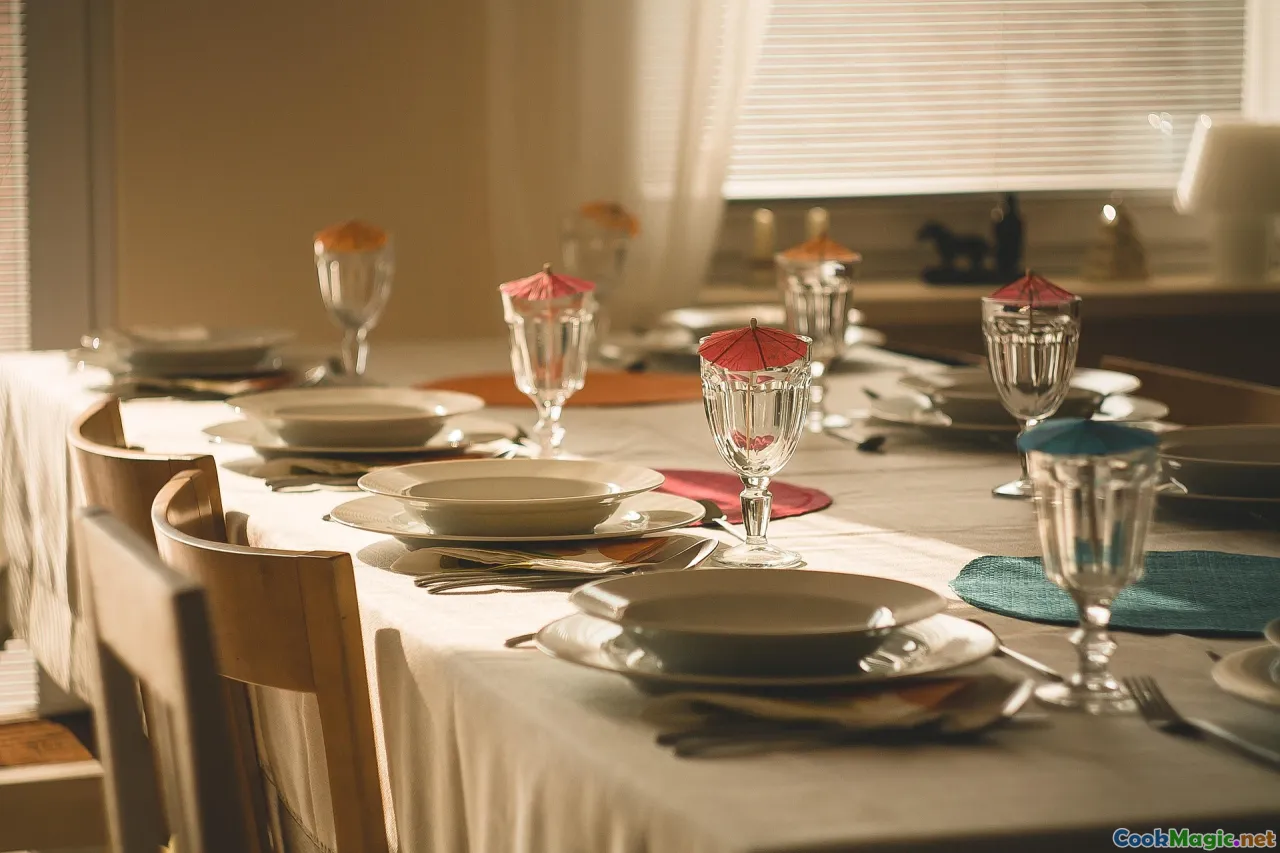
I’m a London-born cook with a Portuguese mother who taught me to baste sardines with lemon and to never fear garlic. My first roast lessons came from English neighbours and pubs that filled with the smell of gravy at noon. Andre grew up in Kingston, Jamaica, where Sunday dinner meant relatives crisscrossing the city, showing up with foil-wrapped parcels and stories, where thyme was counted in handfuls, not sprigs, and scotch bonnet was always a possibility. The kids move between houses, which means two sets of rules for screen time and two places to keep their favourite socks. Priya and I have been navigating co-parenting for years; her vegan feasts of stuffed mirchi, lemon rice, and aloo gobi are the reason my spice cupboard is now an architecture of stainless-steel tins.
Our table reflects this map. Silverware collected from a charity shop sits beside enamel plates I bought in Brixton Village; a gravy boat I found at a boot fair in Kent pours over rice and peas; a jar of mango chutney resides next to cranberry jelly. It’s mismatched on purpose. It reminds us that we did not arrive in one shipment.
How To: Building a Roast That Includes Everyone

If you’re cooking for a blended family—of cultures, of diets, of ages—you’re not assembling a strict menu; you’re composing a permission slip. Here’s how we built ours.
-
Start with a centerpiece that bends. We often choose chicken because it receives influence well. Beef accepts horseradish and jerk in different directions; lamb can nod to mint and also to green seasoning. But chicken, with its mild, friendship-making flesh, is diplomatic.
-
Use a brine or dry salt to engineer insurance. A salted bird is forgiving. If deep brining, keep it between 3%–5% salinity; if dry brining, salt all surfaces the night before and leave uncovered in the fridge so the skin dries and will blister.
-
Layer the rub to tell the story of the room. For us, that’s thyme, allspice, Scotch bonnet, garlic, lime zest, molasses, a lick of English mustard. I sometimes add a teaspoon of grated ginger when I want it to lift. Rub under the skin where possible. Stitch the cavity with half a lemon and a small onion.
-
Roast vegetables that are not afterthoughts. Don’t just drop in carrots; glaze them with jaggery, butter, and cumin, or toss with brown sugar, cider vinegar, and a strong pinch of salt. Treat cabbage like a steak: wedge it, oil it, salt, and roast until the edges blacken deliciously.
-
Provide a second anchor for the vegetarian or vegan eaters that feels celebratory. A whole roasted cauliflower rubbed with turmeric, coriander, and kasuri methi, then finished with lime and a green chile-cilantro chutney, holds its own alongside meat. So does a tray of mushroom-and-walnut “roast” with miso and rosemary.
-
Starch pluralism. Yes to roast potatoes. Also yes to rice and peas made with coconut milk and a smuggled-in hunk of ginger. Couscous with pomegranate seeds in the summer. Yorkshire puddings always, because the batter is theatre.
-
Gravy as a multilingual sauce. We’ll get to this, but know that gravy can converse with jerk, garam masala, and Marmite without losing itself.
-
A reliable salad that resets the palate: shaved fennel, cucumber, and mint with lemon and a fat pinch of salt. Or radishes and watercress with a mustardy vinaigrette.
-
Finish with something cold and tart. Store-bought mango sorbet with lime zest is fine. So is a bowl of sliced oranges sprinkled with powdered sugar and cinnamon, a trick from my mother that turns fruit into dessert.
-
Write nothing down—until the third week. Then jot your roast down as you now make it, not as you imagined it. That’s how it becomes a house recipe.
The Battle of the Potatoes: Goose Fat vs Coconut Oil
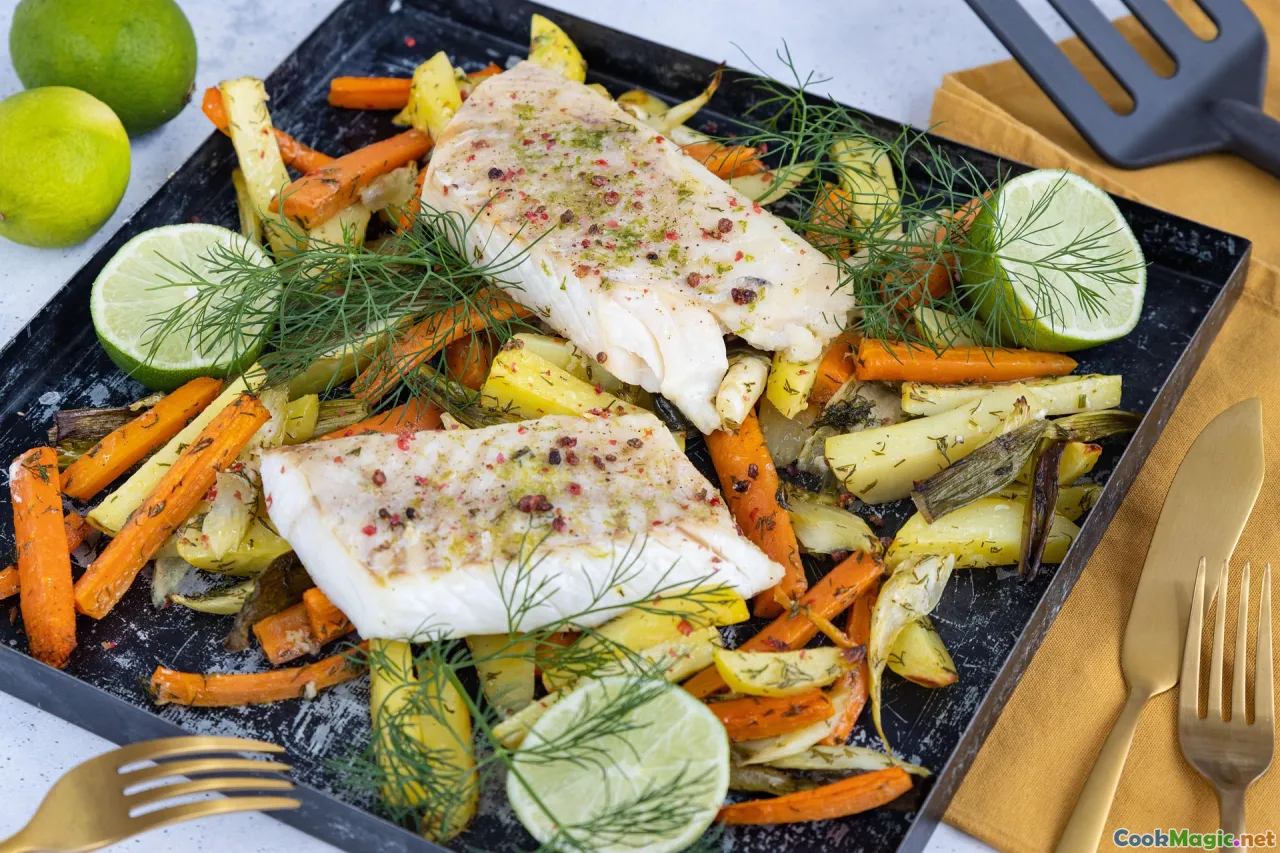
Potatoes became the first arena of debate in our house, which is appropriate for something that depends on friction. I’ve always sworn by goose fat for roasties: parboil in aggressively salted water with a teaspoon of baking soda until the edges fuzz, steam-dry in the colander, rough the surfaces with a few shakes, then tumble them into a pan of roaring-hot fat. Goose fat gives a shattering shell and that deep, almost nutty savoury note.
But Andre suggested coconut oil: neutral refined coconut oil smokes well and whispers of Caribbean kitchens. The kids were suspicious—potatoes shouldn’t taste like sunscreen, Milo declared. They don’t, if you use refined oil and a heavy hand with salt. We ran a house test like a home economists’ lab: two identical trays, same potatoes, one with goose fat, one with coconut oil. Both preheated until shimmering; both shaken mid-roast; both turned with a fish spatula to avoid crushing.
Result? Goose fat edged out coconut oil for sheer shatter factor—the kind of crispness you hear across the table. Coconut oil delivered cleaner potato flavour and paired better with jerk’s warm spice. The tie-breaker became finishing agents: for goose fat potatoes, a spray of malt vinegar and flaky salt; for coconut oil potatoes, a dusting of smoked paprika and lime zest. Now we do both, because the table is big enough for multiple crackles.
Pro tip for the devoted: don’t crowd the tray, and rotate it if your oven bakes unevenly. Flip the potatoes only when the bottom has bronzed to a deep gold; impatience is the enemy of crust.
The Cathedral of Gravy

Gravy is not a sauce; it’s a congregation. It takes in every whisper from the pan—the sweet of caramelized onions, the tang of lemon, the bass notes of chicken fond—and focuses them into one pourable sermon. The secret is patience and small acts of faith.
When the bird is done, remove it to rest and put the pan on the hob. Tip off some fat but keep a tablespoon or two. Stir a spoon of flour into the drippings and cook it until the rawness is gone and the roux smells like warm toast. Splash in white wine or dry sherry and scrape like you’re cleaning a confession. Then add stock, slowly, whisking. I fortify mine with a spoon of Marmite—just enough to underline the savoury without announcing itself—and, when Jamaican flavours lead, a teaspoon of tamarind paste for a stain of acidity.
A few peppercorns, a smashed garlic clove, a sprig of thyme. Let it simmer until it looks glossy, then salt until your shoulders drop when you taste it. Strain if your diners are texture-sensitive; otherwise, spoon it as-is, freckles and all. If a vegetarian gravy is needed, roast a tray of mushrooms with soy sauce and rosemary until they give up their juices, use that as the base, and push umami with miso and a knob of butter or olive oil.
I once over-reduced the gravy into gum. We salvaged it by whisking in boiling water and a splash of apple cider vinegar to wake it. Everyone needed second helpings that day—not just of gravy but of apologies and hugs. Like I said: congregation.
Yorkshire Puddings Meet Cornmeal Festival
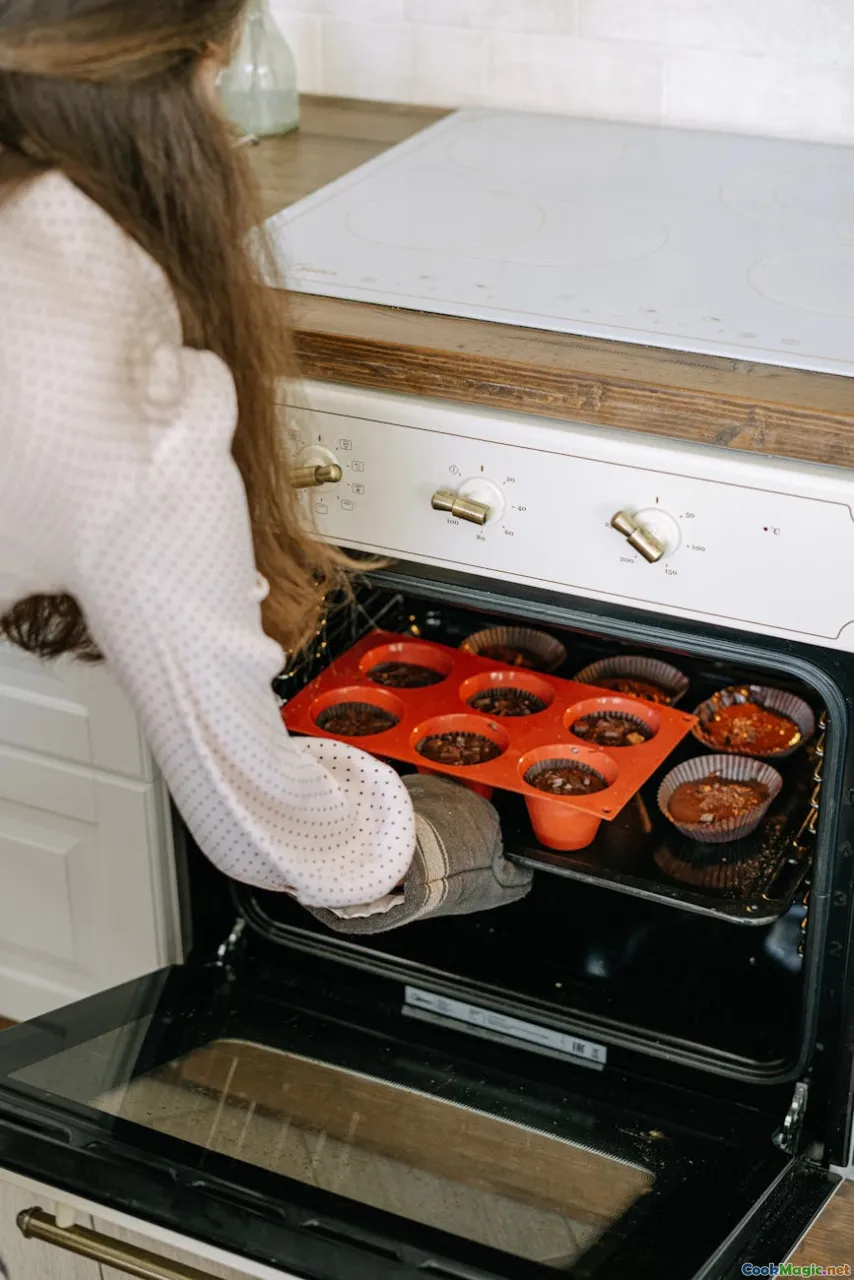
Yorkshire puddings are Sunday’s magic trick—the way batter becomes balloon. I heat beef dripping or vegetable oil in a muffin tin until it smokes, then pour in cold batter and watch it billow. My batter ratio is a memory I can recite while half asleep: equal weights eggs, flour, milk, a pinch of salt, and an extra dash of water for lift. Rest the batter for at least 30 minutes. Don’t babysit the oven; trust.
On the same tray, I bake cornmeal festival—Jamaican fritters lightly sweet, tender within, crisp at the edges—shaped into stubby fingers and laid on parchment. The scent of nutmeg from the festival and the toasty custard of the puddings mingle into something that feels like we invented a bridge. We didn’t, but we built one in our oven.
A quick chaat masala on the Yorkshire puddings gives them a tart sparkle; a drizzle of honey butter over festival balances the jerk. People are often precious about traditions; my new rule is to be precious only about delicious.
Vegetables With a Point of View
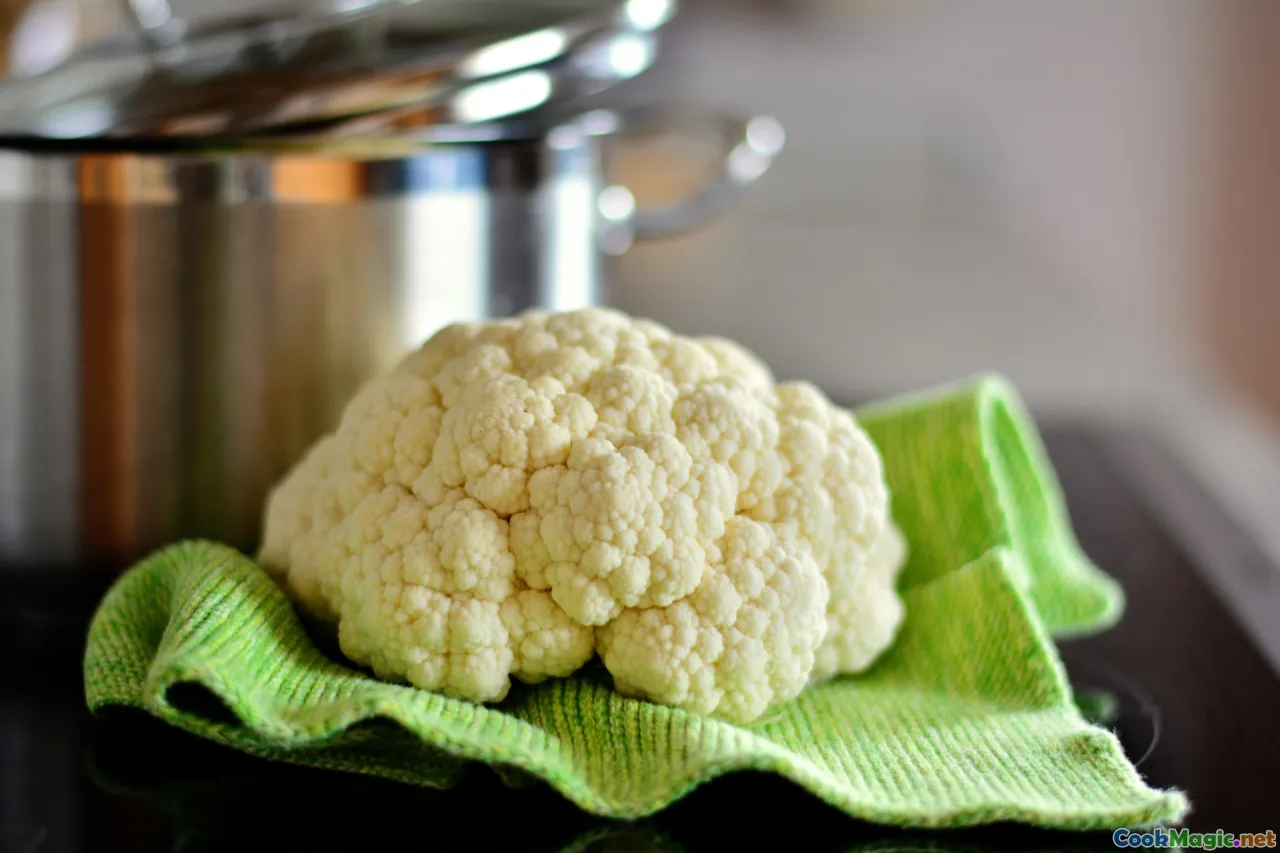
If your vegetables whisper from the corner of the plate, you’re doing them wrong. The vegetables should argue—in flavour, in texture, in char. Here are three that made the kids dial back their eye-rolls.
-
Charred cabbage wedges with brown butter and mustard seed: Quarter a Savoy. Brush with oil, salt heavily, roast at 240°C until the edges blacken in a respectable way. In a pan, brown butter with mustard seeds until they pop with tiny gunpowder snaps; pour over. Finish with lemon.
-
Aloo gobi-ish cauliflower: Rub a whole cauliflower with turmeric, ground coriander, cumin, garam masala, and salt. Drizzle with oil and roast until the florets bloom saffron at the tips and the stem yields. Serve with a cilantro-green chile chutney that smells like fresh rain on hot pavement.
-
Jaggery and cumin carrots: Toss carrots with butter or coconut oil, jaggery (or dark brown sugar), toasted cumin seeds, and salt. Roast until their edges char and the centres are candy. Splash with apple cider vinegar to keep them honest.
We cook greens too, flash-sautéed spinach with garlic and a grate of nutmeg; Brussels sprouts blistered with soy sauce and black pepper. The goal is a plate that looks like a lively argument—bright, dark, soft, crackly—and tastes like they resolved it.
Market Mornings: Sourcing as Ritual

On Sundays, I like to shop early, before the stalls yawn fully open. Brixton Market is our favourite because it feels like an atlas: stalls with thyme tied in broom-sized bundles, tubs of pimento berries scooped with a yogurt pot, crates of plantains that smell like sunset. I buy my chicken from a butcher who calls me “boss” and trims wings with a flourish like a matador. We pause at a fishmonger to admire the parrotfish scales glittering like sequins; sometimes a red snapper comes home for Sunday supper’s Monday cousin.
I judge a market stall by its herbs. If the thyme is dusty and shy-looking, I move on. If the scallions are fierce and green, I buy more than I need and stick the extras in a jar on the windowsill. We pick up ginger that is heavy and freckled and breaks with a clean snap. The veg man throws in an extra head of garlic because he likes Milo’s dimples.
A good market trip sets the tone: it demands conversation. “Smell this.” “Is this lime too hard?” “What could we do with these baby eggplants?” It starts the roast before the oven is even on. The kids nonchalantly accept samples of mango like diplomats at a tasting summit. I tuck away their preferences: Maia prefers the sharpness of spring onions; Isla picks out carrots with tops still attached; Milo will eat any fruit if you call it “sour” first.
Music, Pace, and the Table Setting

A roast is logistics wrapped in aroma. I learned quickly that the soundtrack dictates the pace. Mornings begin with Gregory Isaacs or Alton Ellis, something to hum away the prep. As the oven warms and the kitchen goes from crisp to balmy, the playlist wanders to Aretha and old Bollywood classics. During carving, we cut the music and listen to the skin shatter under the knife; during serving, it’s back up: soothing but not sleepy.
The table is always set before the bird comes out. Plates warmed on the radiator in winter. A water jug with lemon slices, not because we’re fancy but because it looks like we tried. Cloth napkins from Zara Home that have survived red wine and sriracha stains. Candles only when nobody’s tempted to drip wax onto the table like a teenager making a point.
We mark seats with objects rather than names: a little ceramic fish means “sit here if you’re on pour duty.” The wooden salt cellar marks the spot for the person carrying the conversation. It’s childish and maybe silly, but it disarms the day.
A Short History of Why Sundays Work

Weekdays are a slice machine. Everyone bounces from obligation to obligation; meals shrink to sandwich speed. Sunday stretches. Historically, it stretched around church, which provided a communal anchor. For us, the anchor is the oven timer. The roast teaches patience—not just culinarily but emotionally. It says, “We’re going to be here for a while, and that’s good.”
For blended families, Sunday is also a hinge. Kids arrive or leave; they bring stories and moods from another house. A roast creates a neutral zone—a demilitarized table. It’s harder to be sharp when your mouth is full of gravy. If there are tricky updates—report card confessions, budding romances, friendship fallouts—we fold them into the meal. Not to obscure them but to honour them within something steady.
Historically, too, the roast was a way of distributing labour. Someone cooked, someone fetched, someone washed. In our house, labour maps onto responsibility: Milo measures batter; Maia sets a timer and becomes commander of the potatoes; Andre is in charge of carving and playlists; I am the tyrant of the gravy. When the chores are over, credit is given loudly and specifically. The roast makes the idea of “family” visible in jobs completed.
Fights, Apologies, and Seconds
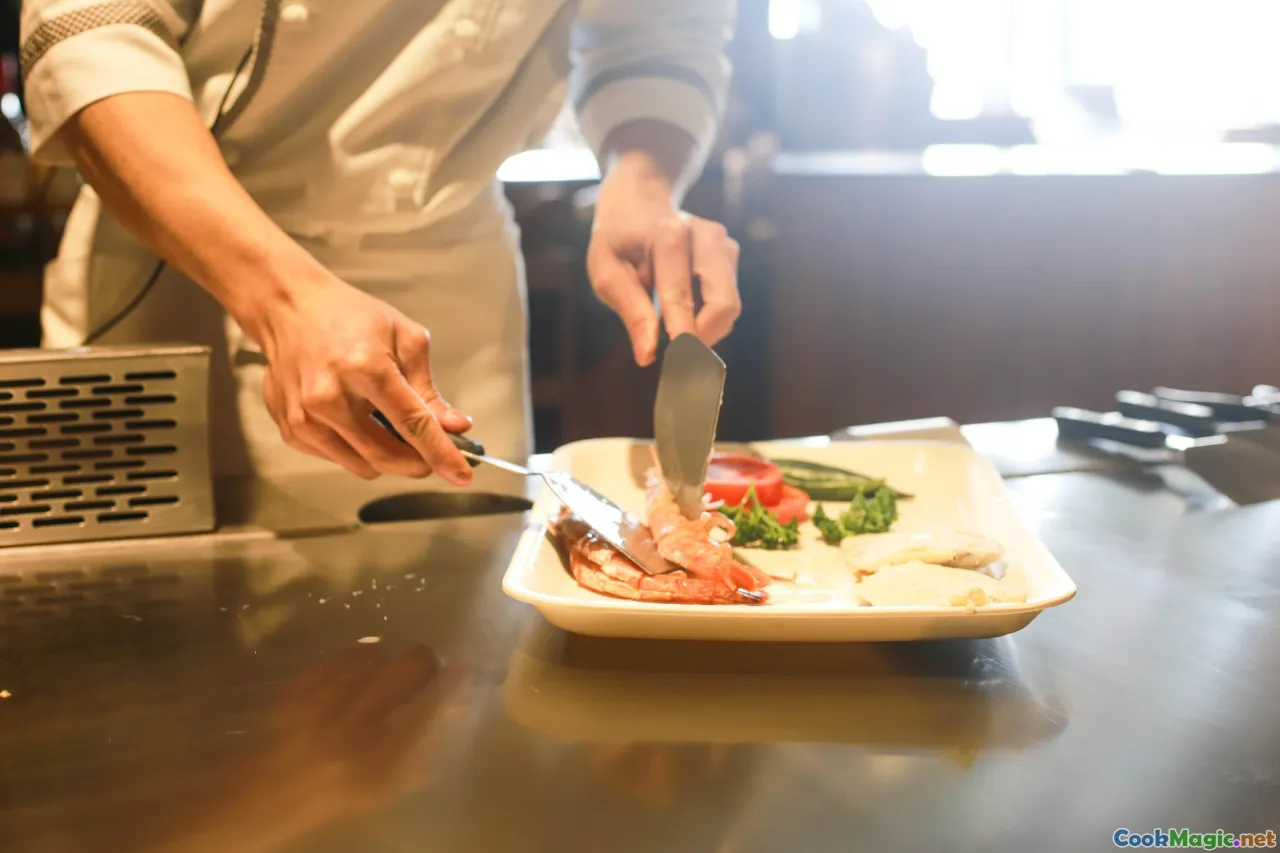
Our table has seen sulks so heavy they tilted the chairs. There was the week an ex’s text arrived mid-slice, detonating old grievances. Another week a report card crisped in the oven by accident—someone thought it was scrap paper; it turned into parchment. We’ve had arguments about salt that were not about salt. Roast potatoes have been threatened with exile for crimes of sogginess.
What I remember most is the way the roast gives us a place to come back to. You can push your chair away and cool down; the chicken still needs slicing; the gravy doesn’t care that you’re wounded. When you return, there’s a new bowl of rice and peas on the table and someone who saved you the best crispy bit. We’ve learned the ritual apology: a second helping passed without words, a drumstick placed on a plate as a peace offering, a Yorkshire pudding held up like a white flag. Food doesn’t solve the problem; it simply makes it human-sized.
How To Include Guests With Dietary Needs
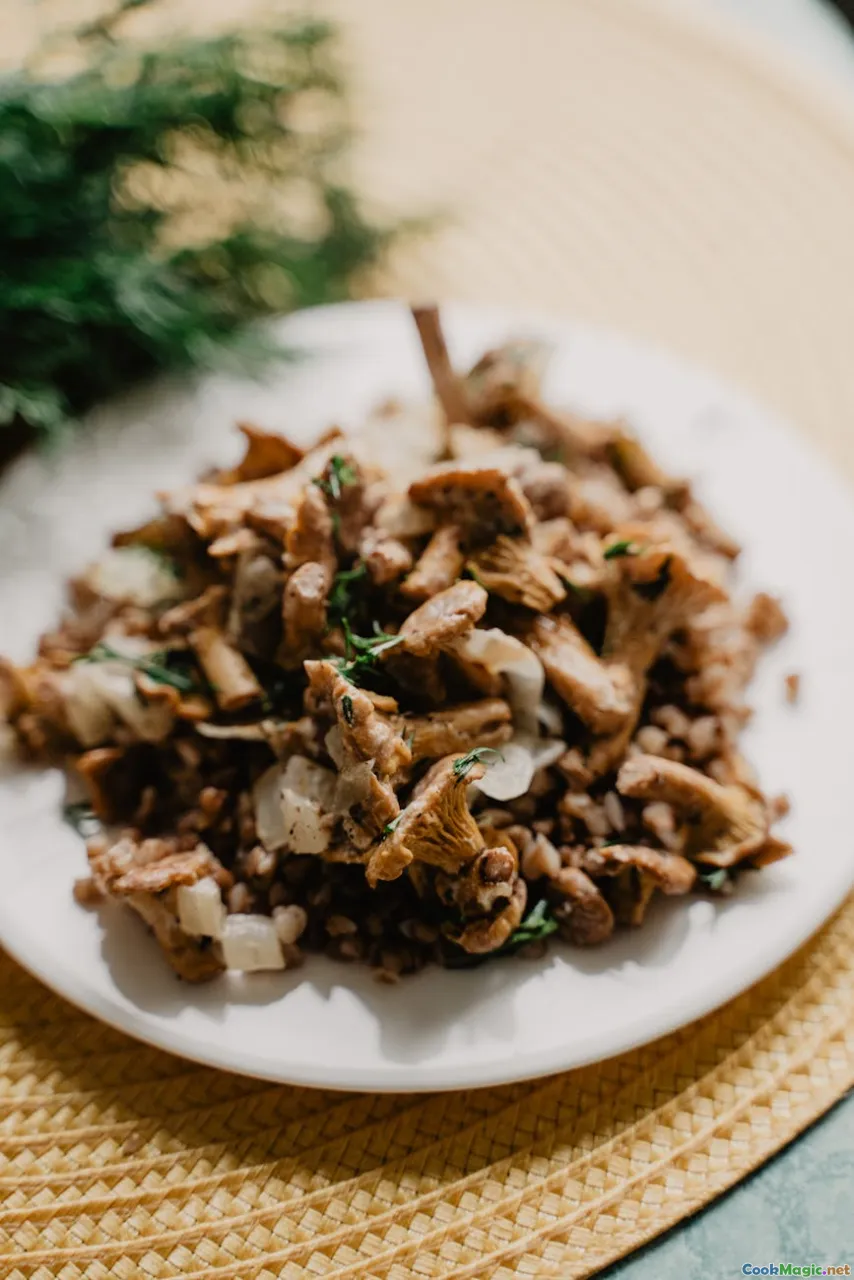
The roast has taught me small hospitality tactics that feel like love.
-
Gluten-free? Make “popovers” with a 50/50 mix of rice flour and tapioca starch, eggs, and milk (or oat milk). Heat the oil until savage and bake them until they rise into crunchy-edged cups. They won’t be Yorkshire by passport, but they’ll be delicious. Use cornstarch to thicken gravy or reduce until it natively clings.
-
Vegan? Roast a celeriac whole, rubbed with miso, mustard, and oil, and baste like a brisket. Serve slices with mushroom gravy and caper-gremolata. Crisp potatoes in olive oil or coconut oil; baste with garlic and rosemary.
-
Heat-sensitive? Keep jerk rub on the meat’s exterior and offer a separate, non-spicy batch of roast chicken thighs rubbed only with thyme, garlic, and lemon. Scotch bonnet butter can arrive at the table in a ramekin for voluntary chaos.
-
Allergies? Declare your kitchen a nut-labelling zone. Use toasted pumpkin seeds instead of almonds for crunch. Keep tahini around instead of peanut butter for richness in sauces. Label dishes clearly; choose abundance over secrecy.
The key: make the accommodations feel like menu highlights, not exile plates. No one is being tolerated; everyone is being cooked for.
Leftovers Alchemy
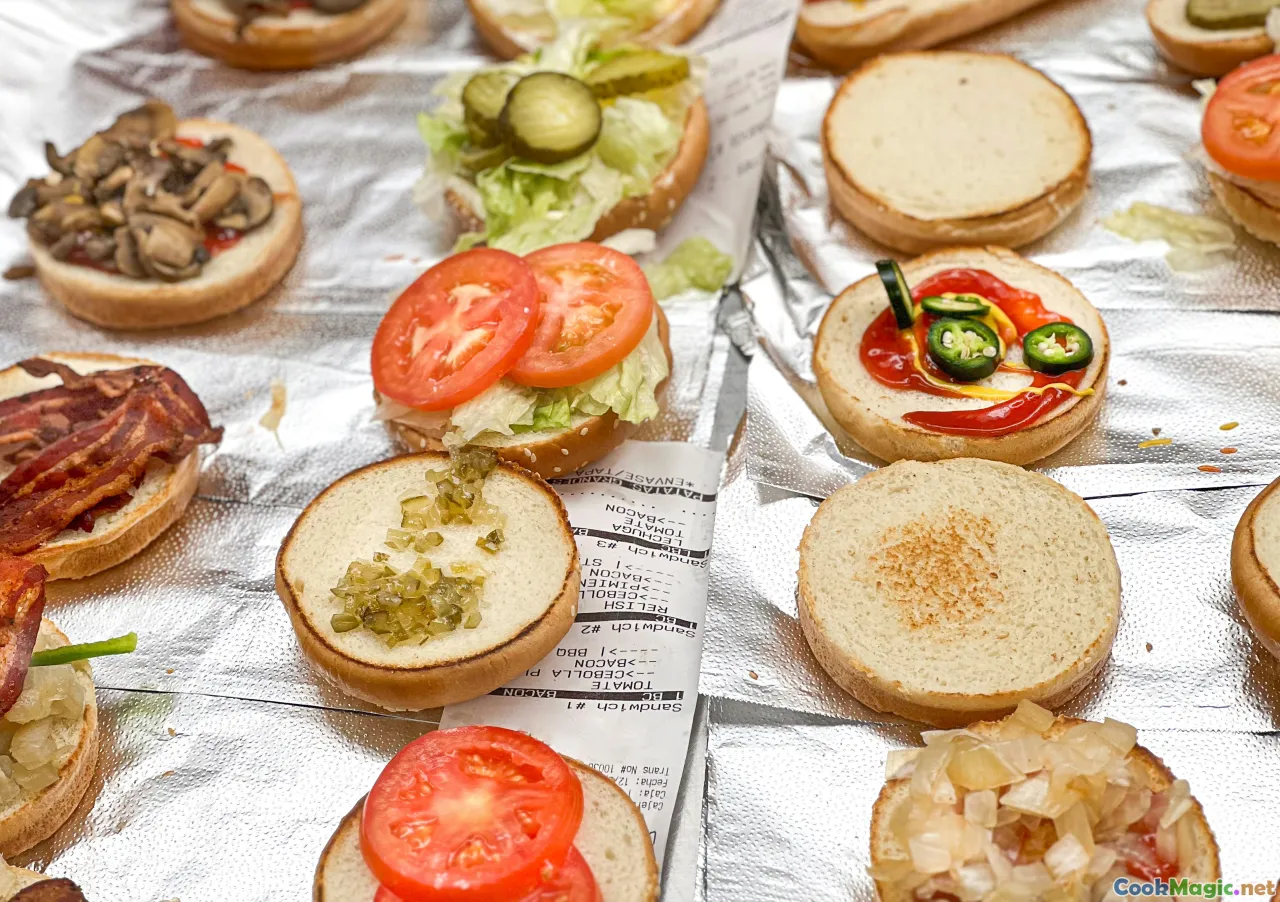
On Monday, the roast reappears in new clothes.
-
Jerk gravy poutine: Oven-crisp leftover potatoes or fry fresh chips; pour hot gravy over; crumble in leftover cheese curds or torn mozzarella. Scatter spring onions. It’s indecent and necessary.
-
Bubble and squeak with a diaspora passport: Shred leftover cabbage and potatoes; sizzle with scallions and a spoon of curry powder until a crust forms. Top with fried eggs whose edges lace.
-
Roast chicken paratha roll: Tear leftover meat; mix with yogurt, mint, and crushed cumin; roll in a hot paratha with pickled onions and a smear of mango chutney.
-
Rice and peas arancini: Fold chopped jerk chicken into day-old rice and peas; ball around a cube of cheese; roll in panko; bake or fry. Serve with a simple tomato sauce brightened with Scotch bonnet as courage allows.
-
Soup that tastes like Sunday condensed: Simmer bones with onion, carrot, garlic, and a knob of ginger. Add barley or orzo. Finish with lemon and parsley. It smells like a sweater you forgot you loved.
Leftovers aren’t just thrift; they’re memory keepers. Monday lunch becomes a pocket-sized flashback to Sunday’s warmth.
What The Kids Will Remember

I don’t know if the kids will recall the exact spice calibrations. They probably won’t remember my lecture on resting meat or the time I explained the Maillard reaction like a bedtime story. But they will remember the big stuff disguised as small.
They’ll remember that Yorkshire puddings go into the oven to a countdown. That the dog knows the phrase “potato turn” and shows up when it’s time to shake the tray. That rice and peas need the lid kept on until they’re ready, and that opening it too early can make the house hush. They’ll recall the feel of warming plates, the tiny burns they wore like badges.
They’ll remember it as a place where big announcements were made: who got the part in the school play; who finally learned to swim; who fell properly, head-over-toes in love. They’ll remember that when someone was grumpy, we slid them the best crispy bits without a speech. That when someone made a mistake, the gravy didn’t curdle.
A Roast for All Seasons

Part of making Sunday sustainable is letting the menu breathe with the calendar.
-
Spring: Roast lamb studded with garlic and anchovy, showers of mint and parsley chopped until they stain your fingers green. New potatoes with butter and chives. Asparagus griddled until striped and flirtatious, finished with lemon zest and flaky salt. A chutney of green mango for tang.
-
Summer: Roast chicken becomes grill-kissed spatchcocked bird rubbed with jerk, cooked indirect on the barbecue until the skin crackles. Tomatoes sliced thick with olive oil and basil, a salad that tastes like a sun-warmed shoulder. Corn on the cob rubbed with lime and chile.
-
Autumn: Pork shoulder rubbed with fennel seed, chili flakes, and orange zest, roasted low and slow until the meat sighs off the bone. Roasted pears tucked into the pan for sweetness that turns complex, a hint of smoke from charred edges. Cabbage returns, now with caraway.
-
Winter: Beef rib with a cap of fat that bastes the meat as it roasts. Potatoes that crackle, parsnips glazed with maple, Brussels sprouts roasted until their bitterness becomes adult. Gravy like a velvet cape. Cranberry relish rescued from holiday exile.
Changing the menu keeps curiosity alive. The kids become evangelists for their favourite seasons. It also keeps me from resenting the roast, which is worship best practised freely.
A Recipe Without a Recipe: Our House Roast Chicken

Some recipes need measurements. Our house roast chicken needs your hands.
-
Buy a chicken that feels proportionate to your table. It should be heavy for its size, skin pale and unbroken. If all you can get is a basic bird, don’t be ashamed. Salt is transformative.
-
The night before, salt the chicken like you mean it: a palmful, rained from a height so it distributes, inside and out. Tuck it uncovered into the fridge so the skin dries slightly.
-
Mix the rub with what you have and what you want to taste: a thumb of ginger grated fine, two cloves of garlic mashed, the zest and juice of a lime, a teaspoon of brown sugar or molasses, a teaspoon of allspice, a handful of thyme, half a Scotch bonnet minced if you trust your crowd, a good spoon of English mustard. Enough oil to make it spreadable. Taste it. It should feel like a handshake—warming, assertive, friendly.
-
Slide your hands under the chicken’s skin, gently, and smear some of the paste there. Massage the rest over the outside. Put half a lemon and a small onion inside. Truss if you want tidy shapes; I rarely do. Let it stand on the counter while the oven heats to 220°C.
-
Set the chicken on a bed of thick onion slices. Scatter a few smashed garlic cloves. If you like, tuck in a couple of carrots to start caramelizing.
-
Roast for 20 minutes at high heat to set the skin, then lower to 190°C. Baste occasionally. If the skin threatens to burn, tent loosely with foil. Roast until the juices run clear, but better yet until a thermometer in the thigh reads 74°C. More important: listen. The sizzle will soften when it’s ready; the aroma shifts from sharp to rounded.
-
Lift the chicken to a board and let it rest, the law you must obey. The pan becomes your gravy’s stage. Do the scraped-pan dance with flour and wine; add stock. Season in increments until it tastes like you want a spoon to your mouth again and again.
-
Carve without ceremony. Shards of skin are prizes; distribute them with diplomatic flair. Pour gravy but don’t drown; puddle it.
-
Eat sitting close enough to steal from each other’s plates. Insist on seconds for the person who cooked. Breathe.
That’s the whole thing. The rest is noise.
The Table As a Truce

Most Sundays now, there’s a moment—usually when the gravy boat returns half-empty for its first refill—when the room relaxes. The rain troubles the windows. The dog collects under the table like a shaggy footrest. Someone makes a rubbish joke and is rewarded with a groan that is affectionate. The roast has worked its alchemy again: separate lives syncing to the rhythm of pass, taste, talk, laugh, chew, breathe.
We are not always good at being a family. We can be prickly, defensive, too quick to bristle and too slow to soften. But we are good at coming to the table. And the table has taught us, with a patience I envy, that love is often built from ordinary actions taken weekly. Peel the potatoes. Salt the chicken. Warm the plates. Save someone the best bit. Ask about their day and really listen. Wash up together, sleeves wet, knit the story of your week in soap and steam.
Our roast is not perfect. Perfection would be boring at this point. But it’s ours. It tastes like thyme and browned fat, lime and memory, the faint echo of scotch bonnet, the sturdy bassline of gravy. It smells like forgiveness. It sounds like a house that, once a week, remembers itself.









